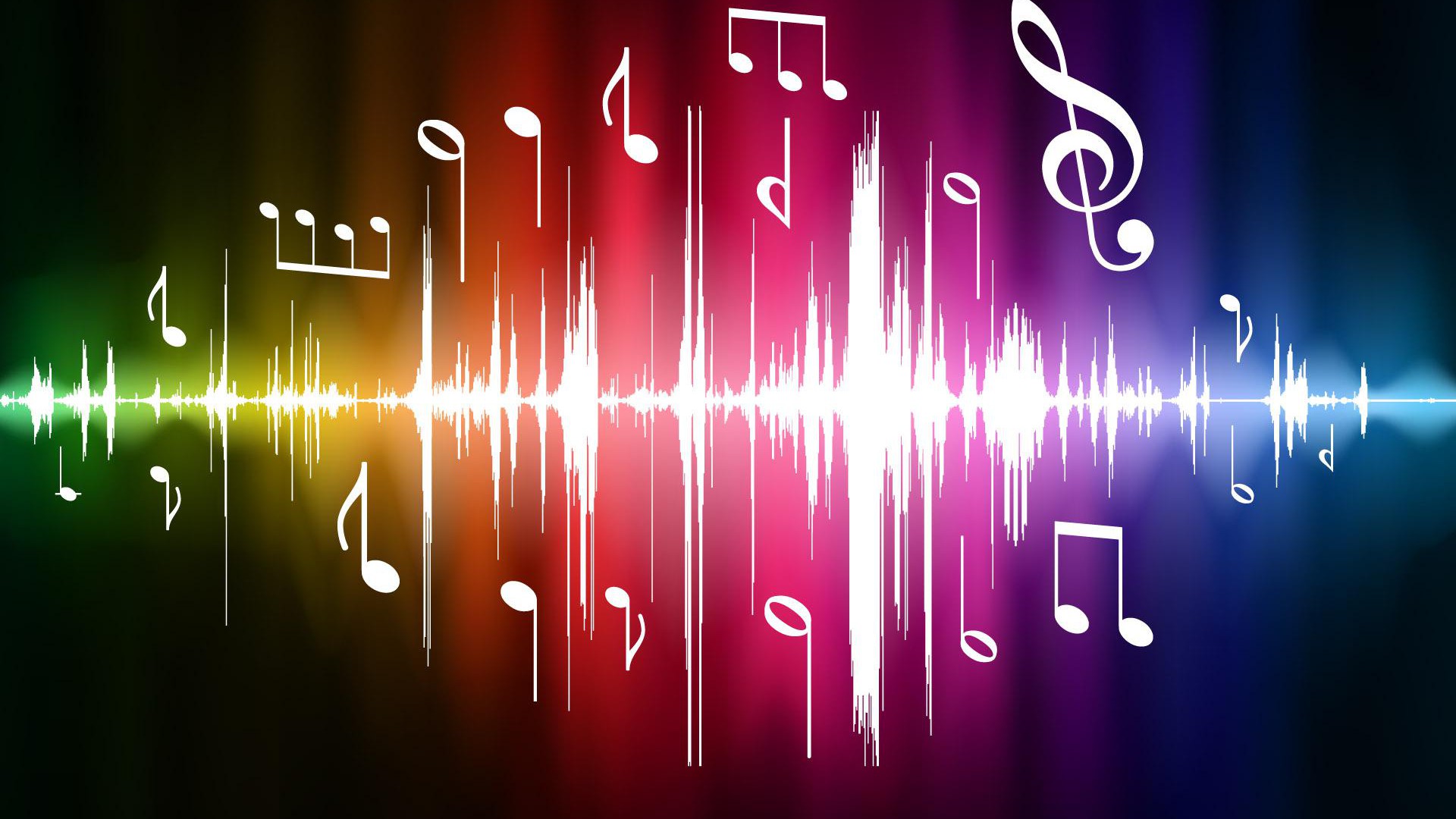Shot framing, camera angle, camera movement, music, sound effects, lighting, color palette and costumes. Sets and editing are elements of the theatrical and cinematic music. The vast majority of students in any classroom will watch many more movies, video games, or television shows than they will read books. Thus, understanding the components of theatrical and cinematic technique is an important skill for any thinking individual in today’s society. English Language Arts teachers will do their students a great favor if they give them the tools with which to understand the screened stories that students will be watching all their lives.
Despite the fact that the recent edition of the Common Core State Standards require that students taught how to analyze. It is appreciate media and screen presentations, most teachers find it difficult to obtain effective resources to meet these standards. In fact, showing movies and music in class can often be a controversial educational technique. There have been too many instances when teachers have used movies to babysit classes. However, the study of screened presentations, the way that today’s students like to consume stories, deserves its place in today’s English Language Arts classroom.
But I’m not trained in cinema about music production! How do I learn enough to teach this lesson? The answer is that there are many resources on the Internet or in the library. That provides introductions to the theatrical and cinematic techniques used in movies. Some time with these will give you what you need.
As for the lesson plan, first, present students with a brief introduction to the information on cinematic and theatrical elements in film that you’ve learned from books, the Internet or from courses that you’ve taken. Then work through a movie that students will like but which also bears some relationship with the curriculum. This is easy in an ELA class because all movies utilize many of the devices and elements of fiction in their presentation of the story. The film scoring can be used to sum up or confirm learning literary elements or devices the class has studied.
The remainder of the unit can organized in a number of ways. One idea is for teachers to start with a lecture and examples describing some of the more important theatrical and cinematic techniques. In addition. Be sure to describe for students the important role of the literary devices and elements in the stories told through film. Almost all movies have a plot, character development, a climax and resolution. Many have motifs, symbols, flashbacks etc.
Then students can given a cinematic and theatrical elements worksheet to fill out during breaks as the movie progresses. After the first half of the movie has shown, hold a class discussion about the theatrical. Cinematic and literary elements they have seen so far. Talk about how these factors contribute to the story being told by the film.
For the second half of the film, divide the class into groups of no larger than four individuals. Assign each group one of the common theatrical. Cinematic or literary elements that is use in the second half of the movie. Ask each group to identify their element as it is use in the film and after the movie is over. To give the class a brief presentation about how the device contributes to the telling of the story.

